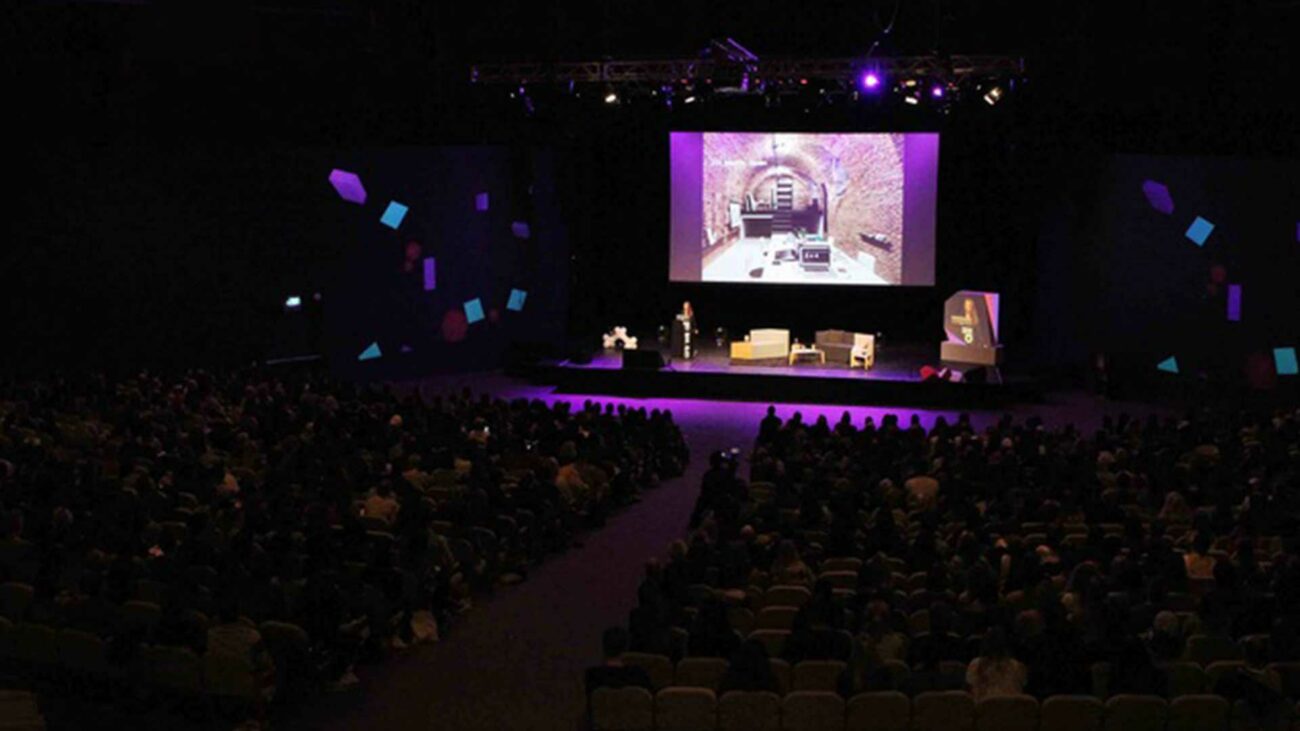
Semi Permanent 2016
Our lead designer, Parker, headed out to the Semi Permanent 2016 festival in search of the latest trends in design and creativity. In this article, she unpacks some of her key learnings from the experience.
Semi Permanent this year placed a lot of emphasis on time – respecting the past and anticipating future. Obviously, as each larger panel was aptly named: “The Future of Tech, of State, of Travel”, but the other talks I enjoyed referenced a similar focus or presented stories of the self-wrestling creative. Overall, these sessions taught me a thing or two but also prodded me to think a bit deeper about the concepts presented.
The future
In The Future of State, Google Design Lead Hector Ouilhet did a playful take on future technology (technology for a lack of a better word, he did say not to be called ‘technology’ in the future) by communicating with his reimagined voice-controlled personal assistant ( the future ‘Ok, Google’). It was smarter, capable of conversing, possessing a brain that was more long term, more human-like if you will, that used previous events as a frame of reference for the present and future.
Technology will evolve to serve us rather than us serving technology. Design thinking should be long term and more focused on person to person interaction, more natural and instinctual.
For those working for agencies and brands, the bigger picture in The Future of Entertainment points to authenticity and establishing a sense of trust. Brands have to respect the influencers and the audience to do what they want.
Your audience are entitled to their opinion and they will hate you for constantly manipulating and fabricating things. Brands should continue to focus on providing engagement (quality) rather than flooding (quantity), there needs to be an investment in content and production, not only in distribution.
Meanwhile, in Decode Your Business, Vince Frost and Andy Bateman unpacked how you could stay successful for longer. Citing foresight as a crucial element for something to last. To recognise that being comfortable is being complacent, and it is the cue for you to push to the next big thing.
Try building off your peaks, adapt ‘what if’ behaviour to constantly reinvent and look for the next opportunity. Similar to how Madonna constantly tries something different to reinvent herself once she’s at her peak.
The past
Kevin Jenkins, the On Set Art Director & VFX for Industrial Light and Magic talked about his work in the recent Star Wars The Force Awakens (Yay, Star Wars!). The Force Awakens is not just a movie about spaceships and outer space, it came from a period film set in in the 70s, in outer space – giving it a very distinct design and feel.
For the franchise to be successful, it had to be consistent with what was previously portrayed. More often than not, we like to think of past as past, but what we fail to recognise is that the past heavily influences the future. Bringing the Star Wars into the present day meant understanding the design perspective, referencing the spaceships from the 70s and 80s. Paying homage and being linked to the previous style and narrative.
With projects, you don’t necessarily have to start from scratch or make it up, it might just be a matter of referencing similar previous endeavours to inform this. When it feels like it’s enough to do the job, go do some more research, research is everything.
Dav Rauch of IDEO struck a similar chord at The Future of Technology. If you’ve watched Ironman or Avatar, you’ll undoubtedly see some futuristic interfaces that Dav has designed. He reimagines a different future to create these. The interfaces are created by finding and referencing patterns in the past to inform a possible future.
The self-wrestling creative
Filipe Carvalho, a designer, art director, and film maker seemingly unknown a couple of years back went to the extremes of faking a portfolio and clients to place himself out there. Although some may find it counter-intuitive doing this, it only goes to show that if you do something meaningful, there will be others who share in that meaning, and the “worst” thing that happens is that nothing happens.
Jessica Hische, an illustrator and type designer described how friction points and mistakes produce beautiful seams instead of everything being smooth. You do learn as you go and that’s the way how you’ll create your process, eventually you’ll be less intimidated to start projects. Likewise, you don’t need to be the person that does everything – logos, type design, software, websites, etc. By starting somewhere you do get a better idea of where and who you want to be.
My main takeaway
Going to Semi-Permanent led me to a realisation that as we move into tomorrow there appears to be a distinct need to keep things organic and human. It’s comforting to know as a designer, there is this insatiable longing for human interaction in the midst of the new technology opportunities. Though the design focus for a particular medium might change, being a designer isn’t going to be a profession that’ll be obsolete anytime soon. Semi-permanent left me feeling inspired about the goals I want to accomplish while making a difference in the tech space.







